You are here
Back to topVietnam Implements Proactive Fruit Protection Measures
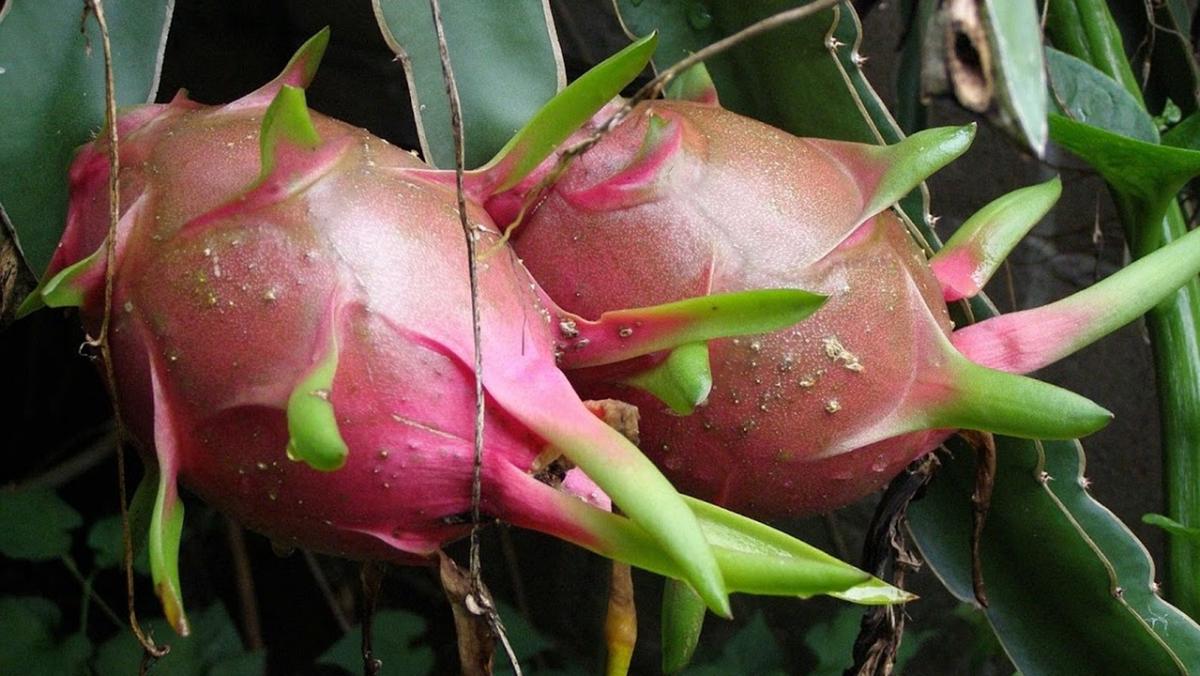
According to a report from Việt Nam News, some batches of bananas, mangos, pineapples, jackfruit and dragon fruit exported from Vietnam to China have been found to contain contaminants, as per a notification from China’s General Administration of Customs. In response, the Plant Protection Department of Vietnam’s Ministry of Agriculture and Rural Development has informed certain regions to temporarily halt the export of specific fruits.
On Sept. 9, several companies transporting fruit to Ho Chi Minh City’s Cat Lai Port received notices to suspend their exports on account of violations of plant protection guidelines related to packaging facility codes.
Furthermore, the Plant Protection Department has been in communication with the local Agricultural and Rural Development Departments in provinces including Dong Nai, Gia Lai, Dak Lak, Tay Ninh, Vinh Long, Long An, Binh Thuan, Tien Giang, Binh Phuoc, Dong Thap and Tra Vinh. The plant quarantine departments in these provinces have also been instructed to enhance their control and supervision of the plant quarantine process for fruits bound for China.
Upon receiving the initial violation notice, the Plant Protection Department instructs regions to suspend the use of the non-compliant planting area codes. Local authorities must then notify the holders of these codes to take corrective actions and suspend their exports to China. Only when the planting areas and packaging facilities have implemented the necessary corrective measures in accordance with the requirements of China’s General Administration of Customs will these codes be reinstated. If a code is marked as non-compliant multiple times, the department notifies local authorities to declare a suspension of exports and initiate the process of revoking the non-compliant code.
On Sept. 11, Nguyen Thi Thu Huong, deputy director of the Plant Protection Department, offered an explanation to local media regarding this matter during an online meeting. Huong elaborated on the two mechanisms for suspending or revoking codes: either the Plant Protection Department can take the initiative or the Chinese side may do so. If it were the Chinese side to take the lead, the process would depend on their schedule, which could result in extended periods of waiting. Therefore, she clarified that the department chose to adopt a proactive strategy this time.
Huong also emphasized that even though export goods have undergone inspections in Vietnam, they must also be subject to another round of examination upon arrival in China. If residues such as soil or leaves are found in a consignment, corresponding measures will be implemented, such as fumigation treatment at the port of entry. However, these procedures will result in additional costs for Vietnamese companies.
In recent years, the Vietnamese fruit industry has faced numerous warnings from importing countries due to its failure to meet specific food safety standards. Between 2021 and July 2023, the Plant Protection Department received a total of 107 warnings, primarily related to issues such as excessive residues, product decay or allergen content. The department attributes these incidents to inadequate management across various aspects spanning from fruit production to transportation.
According to a report from Food Safety News, the Asian Development Bank indicates that some Vietnamese farming cooperatives and retailers lack a clear understanding of foodborne pathogens, and excessive use of pesticides is a significant contributing factor to food contamination in Vietnam. Furthermore, the responsibility for ensuring food safety in Vietnam is dispersed across several departments, potentially leading to contradictions and confusion in enacting relevant regulations. These departments also mainly focus on inspecting and controlling the final products, instead of placing adequate emphasis on contamination prevention throughout the production and sales processes.
Image: Pixabay
This article was based on a Chinese article. Read the original article.




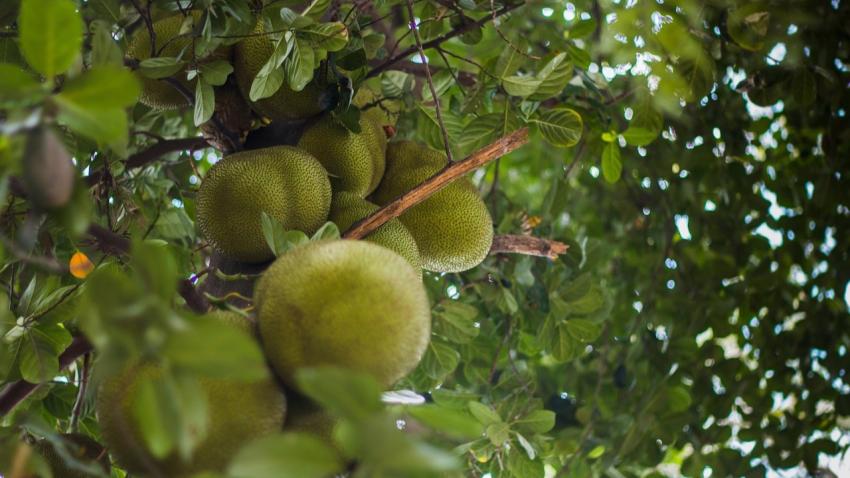
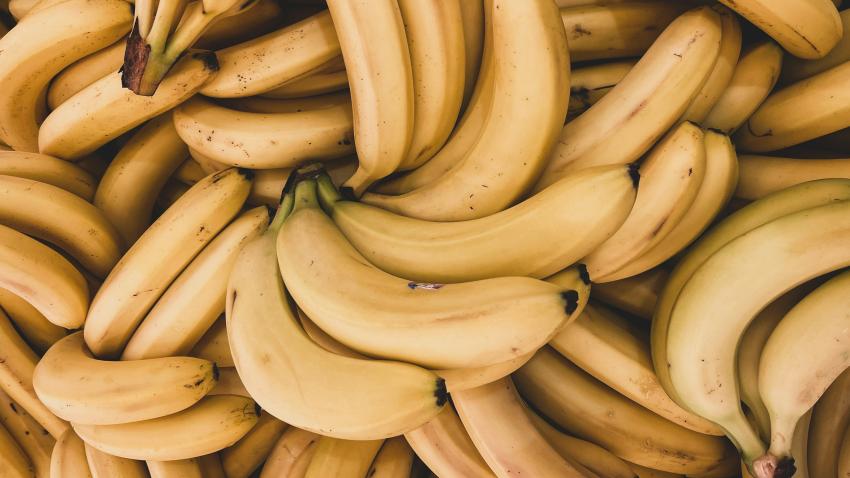
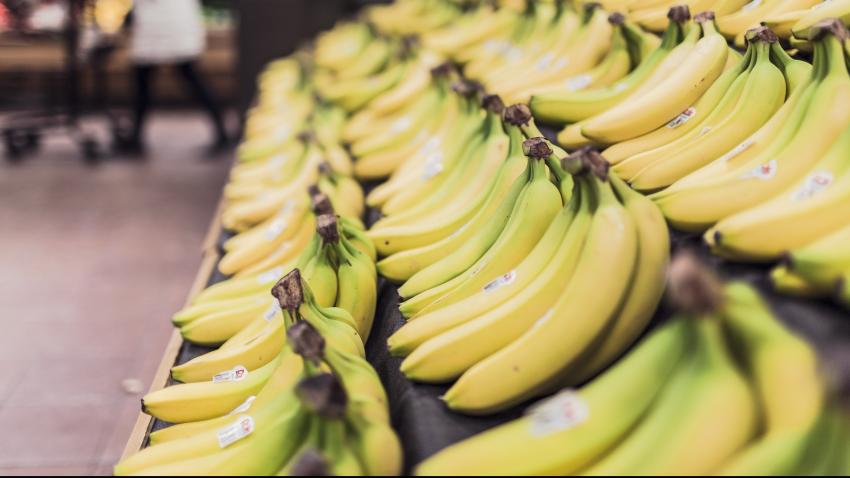
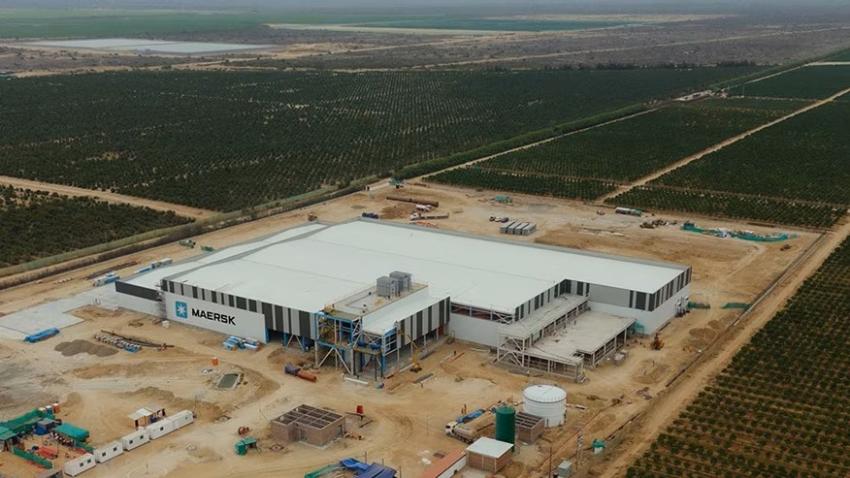







Add new comment